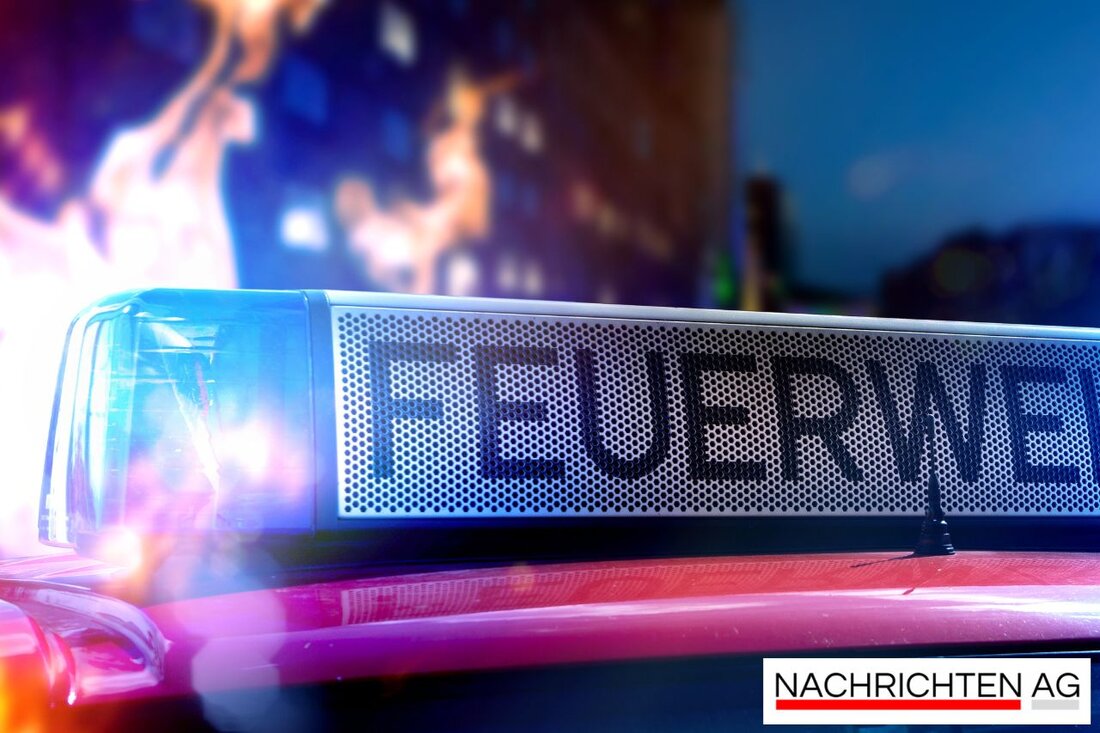God's punishment or cause of the fire? Grabow's devastating firestorm of 1725
Learn how the devastating fire of 1725 shaped Grabow's cityscape and influenced its reconstruction.

God's punishment or cause of the fire? Grabow's devastating firestorm of 1725
Grabow: A landmark in the city's history after 300 years
On June 3, 1725, the town of Grabow experienced a terrible turning point in its history: a devastating fire destroyed almost the entire town within a few hours. The flames broke out during a church service when worried voices reached inside the church. Almost all buildings - including the town hall, the Holy Spirit Hospital and the church itself - fell victim to the fiery destruction. Only the Bolbrügge hereditary mill and a few houses on the other side of the Elde were spared. Amazingly, however, there were no human casualties. All of this is covered in an article by Northern Courier impressively documented.
The cause of the fire remained a mystery and presented the city with immense challenges. Since similar incidents were known in other Mecklenburg cities, the fire left lasting traces. Johann Heinrich Hincke, the court and city preacher, gave a moving sermon in the ruins of the destroyed church, in which he portrayed the misfortune as divine punishment. Duke Karl Leopold promised support and called for a regulatory plan. In October 1725, the planning of new, wider streets began under the leadership of the engineer Behring.
Reconstruction and new urban planning
After the fire, reconstruction efforts began and spanned several years. On June 9, 1725, the Duke issued a building ban in order to ensure sustainable urban development through a uniform plan. Andreas Behring, the engineer, approved a development plan in September 1725 that modified the medieval floor plan in order to create straight streets and new developments. The old, narrow construction method was viewed as more fire-safe, and clear guidelines were drawn up for the construction of half-timbered buildings. This was the only way Grabow could develop into a modern city, which is now known for its impressive half-timbered ensemble.
Urban development: from the past to the present
Grabow has continued to develop since the fire disaster. Numerous renovation work has recently taken place, including the renovation of the historic half-timbered house at Kirchenstrasse 19 and the opening of new facilities such as the medical practice of Dr. Zahn on Mühlenstrasse and the “5-6” sports studio on Große Strasse. Booming businesses, such as the Berger two-wheeler center or the “Sagewitz” car dealership, show that entrepreneurial skills are still in demand today. This year the city is celebrating 25 years of the Wanzlitz business park and 60 years of the car dealership.
The old town of Grabow, which was built in the 18th century according to an ideal plan, still represents a valuable heritage today. Loud Cultural values MV The city is considered an important example of baroque urban architecture in Mecklenburg-Western Pomerania.
Whether through the heroic deeds of the volunteer fire department or new art facilities, Grabow's charm and historical substance make the city a special place. The impressive old town and the commitment of the citizens will help to keep Grabow lively and attractive in the future.

 Suche
Suche
 Mein Konto
Mein Konto